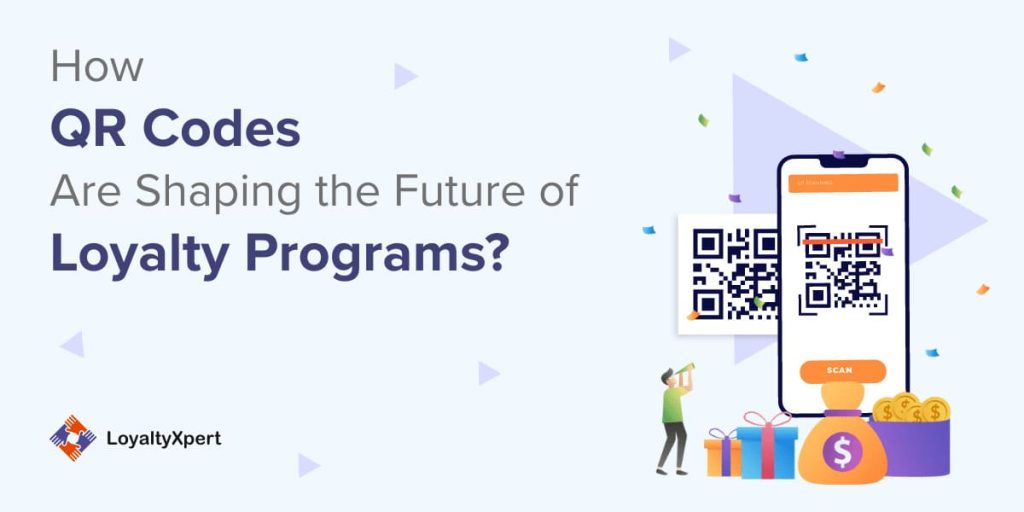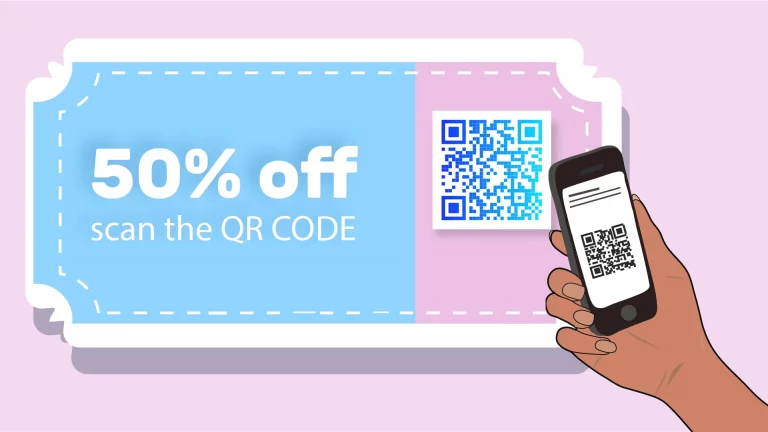The Benefits of Applying a Loyalty System for Your Brand name's Success
The Benefits of Applying a Loyalty System for Your Brand name's Success
Blog Article
Increase Customer Retention With a Powerful Commitment System
In today's competitive industry, improving consumer retention is not just beneficial yet crucial for continual development. A well-designed loyalty system serves as an essential device in this venture, fostering meaningful relationships between companies and their customers. By recognizing the fundamental parts of reliable loyalty programs, companies can tailor their approaches to fulfill diverse consumer requirements.
Significance of Consumer Retention
Client retention is a keystone of sustainable organization success. It shows the capacity of a business to maintain its clients involved and satisfied with time, bring about repeat acquisitions and long-lasting productivity. Keeping existing consumers is commonly more cost-efficient than acquiring brand-new ones, as it reduces advertising and marketing expenses and cultivates a faithful customer base that supports for the brand.

On top of that, high consumer retention prices can enhance a firm's online reputation in the market, attracting new customers via positive word-of-mouth and referrals. Businesses that focus on client retention are also much better placed to gather valuable responses, allowing them to fine-tune their offerings and address prospective issues proactively. Eventually, reliable client retention approaches produce a solid structure for growth, enabling companies to thrive in an increasingly affordable landscape.
Secret Elements of Loyalty Programs
A properly designed loyalty program offers as an effective tool for boosting customer retention by supplying incentives that motivate repeat organization. To achieve this, a number of key elements must be integrated right into the program.
First, a clear structure for benefits is important. Clients need to easily comprehend just how to earn points or benefits, which can be based on purchase regularity, investing levels, or certain activities like recommendations. This transparency promotes trust fund and motivates involvement.
Second, customization plays an important duty. Tailoring benefits and interaction to individual preferences improves consumer fulfillment and strengthens connections. By leveraging information analytics, companies can use targeted promos that reverberate with customers' rate of interests.
Third, convenience of usage is vital. A seamless sign-up procedure and an instinctive interface for tracking rewards can substantially boost consumer experience. They might disengage. if consumers locate it difficult to browse the program.
Lastly, regular communication and updates about the program keep it top-of-mind for customers. Informing them of brand-new incentives, unique deals, or program adjustments aids keep passion and involvement.
Incorporating these parts properly can bring about an extra effective commitment program that substantially improves consumer retention.
Sorts Of Loyalty Systems
Exploring different sorts of loyalty systems exposes unique methods that services can embrace to promote customer retention. One usual kind is the points-based system, where customers gain factors for every purchase, which can later on be redeemed for rewards. This uncomplicated technique incentivizes repeat purchases and keeps consumers engaged.

Cashback loyalty programs, where customers receive a my company percentage of their purchases back as cash or store credit score, are additionally popular. This model directly rewards investing, producing a prompt incentive for consumers to return.
Furthermore, subscription-based loyalty systems offer customers with exclusive advantages in exchange for a recurring fee. This method not only makes sure a steady income stream yet also fosters long-term partnerships with consumers who value recurring benefits.
Last but not least, experiential commitment programs concentrate on providing unique experiences, such as tailored services or exclusive occasions, enhancing psychological links and brand commitment. Each sort of loyalty system supplies special advantages, permitting organizations to straighten their techniques with customer choices.
Finest Practices for Execution
When carrying out view website a loyalty system, businesses must prioritize understanding their consumer base to tailor the program effectively. Performing comprehensive study to determine consumer preferences, inspirations, and behaviors is vital. This understanding will lead the design of the loyalty program, guaranteeing it resonates with the target audience.
Following, companies need to choose an appropriate framework for the loyalty program. Choices might include point-based systems, tiered rewards, or experiential rewards. Picking a model that aligns with client assumptions can boost engagement. Furthermore, simpleness is crucial; clients need to easily comprehend just how to earn and redeem benefits.
The loyalty program ought to seamlessly link with point-of-sale systems, mobile apps, and client connection administration (CRM) devices to supply a natural experience. Services ought to frequently promote the loyalty program through various networks, making certain consumers are mindful of the benefits.
Lastly, gathering ongoing responses is important for constant enhancement. Solicit customer input to adjust and fine-tune the program to transforming choices, eventually cultivating long-lasting commitment and improving consumer contentment.
Determining Loyalty Program Success
Efficiently implementing a commitment program lays the foundation for measuring its efficiency. To determine success, companies have to establish clear metrics that line up with their purposes. Trick performance signs (KPIs), such as client retention prices, average transaction value, and frequency of repeat acquisitions, give valuable insights into program efficiency.
An additional critical step is the redemption price, which shows just how often customers use their incentives. A high redemption price often reflects a program's appearance and importance to customers. Furthermore, tracking client involvement through participation in exclusive promos or occasions can reveal patterns in commitment actions.
Consumer responses is additionally important; surveys and focus groups can light up assumptions of the commitment program, highlighting areas for improvement. Additionally, examining consumer life time worth (CLV) can aid evaluate the economic influence of commitment campaigns.
Executing these measurement techniques enables my blog services to examine the program's performance continually. This data-driven method allows informed decisions for optimizing offerings, enhancing customer experiences, and ultimately promoting deeper client loyalty. By consistently assessing these metrics, companies can ensure their commitment programs advance in tandem with client expectations and market dynamics.

Final Thought
In conclusion, a well-structured commitment program considerably improves consumer retention by fostering solid connections with personalized benefits and reliable interaction. Executing finest techniques makes certain that the program remains easy to use and appropriate, while continual responses facilitates continuous renovations. Inevitably, a powerful loyalty system not only increases client fulfillment however likewise drives repeat purchases, establishing a faithful client base that is critical for lasting organization success and maintained earnings.
Maintaining existing clients is typically much more affordable than obtaining new ones, as it reduces advertising and marketing expenses and cultivates a dedicated consumer base that promotes for the brand.
In enhancement, high consumer retention prices can enhance a company's reputation in the market, bring in brand-new clients through favorable word-of-mouth and references.When applying a commitment system, organizations should focus on recognizing their consumer base to customize the program efficiently. Companies should regularly advertise the commitment program with various networks, making sure clients are conscious of the benefits.
Inevitably, a powerful commitment system not only boosts client contentment however also drives repeat purchases, establishing a loyal client base that is important for long-term service success and sustained productivity.
Report this page